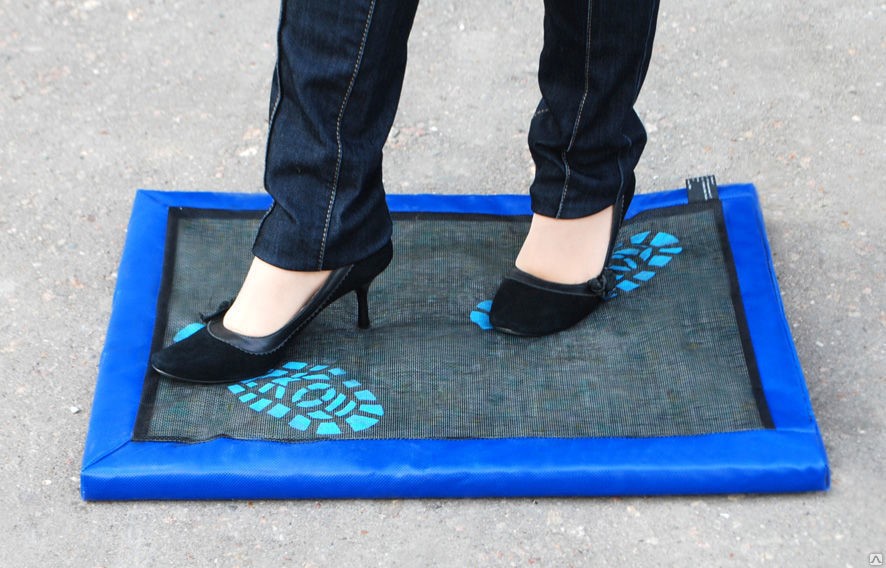Rating of the best non-alcoholic wines for 2022

The winemaking market is in constant development. Against the backdrop of a conscious attitude of people to their health, such products as non-alcoholic wine began to rapidly gain popularity. Contrary to popular belief that the drink is not worthy of the attention of true wine lovers, the latest production technology makes it almost indistinguishable from alcoholic beverages.
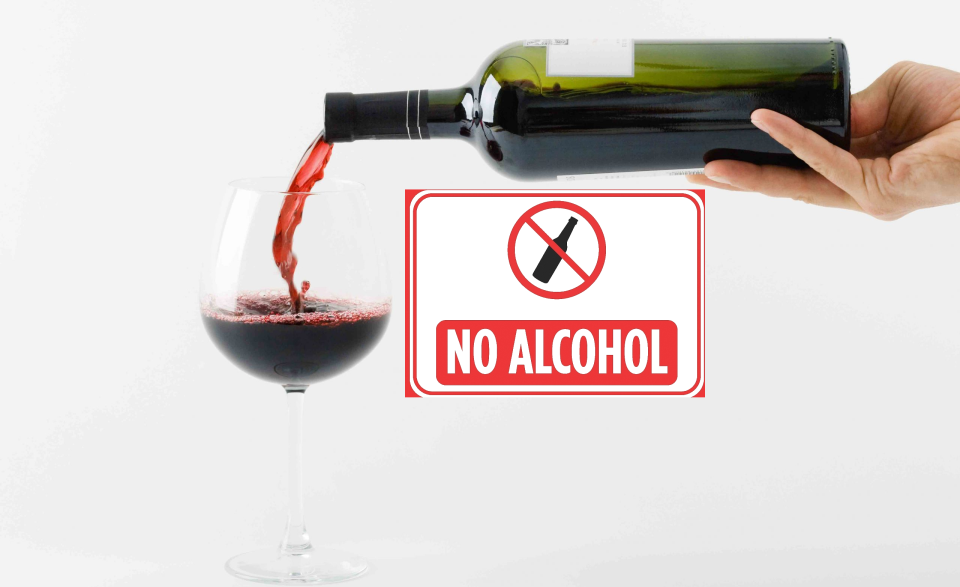
Content [Hide]
- 1 What it is
- 2 Production methods
- 3 Composition and features
- 4 Beneficial features
- 5 What is non-alcoholic wine
- 6 Selection criteria and submission rules
- 7 Where could I buy
- 8 The best non-alcoholic wines
- 9 Tips & Tricks
What it is
Non-alcoholic wine is a fermented drink that is obtained in the process of natural fermentation of grape juice without the addition of sugar or alcohol during the fermentation process with the removal of alcohol from it to a content of not more than 0.5%.
It is made from ordinary wine that has gone through the classical stages of production. At the final stage of the process, alcohol is removed from it, and the organoleptic properties are preserved. Therefore, it is not at all grape juice in the usual sense.
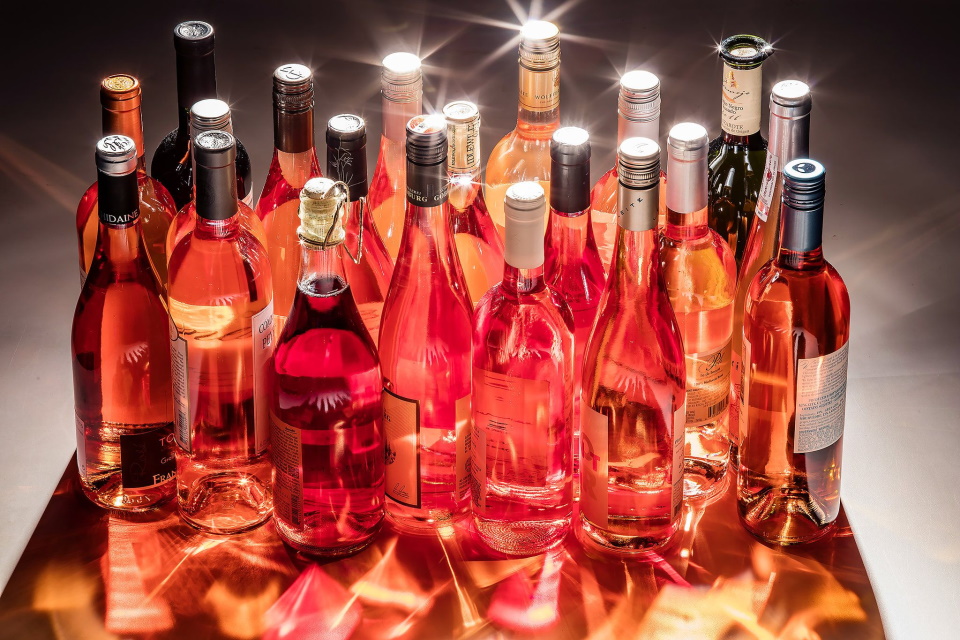
The idea of manufacturing was born more than a century ago. The author is considered to be the German winemaker Carl Jung, who bottled the first bottle of such products and patented the production technology at the beginning of the 20th century. Since then, the winery under his name still continues to supply wine stores around the world for lovers of alcohol-free "alcohol".
In pursuit of a healthy lifestyle, non-alcoholic products are now most preferred by Europeans. However, the largest growth potential lies in the market in America. In total, according to some marketing research, by 2027 the volume of consumption may reach 10 billion dollars.
Production methods
Manufacturing steps:
1. Harvest of grapes.
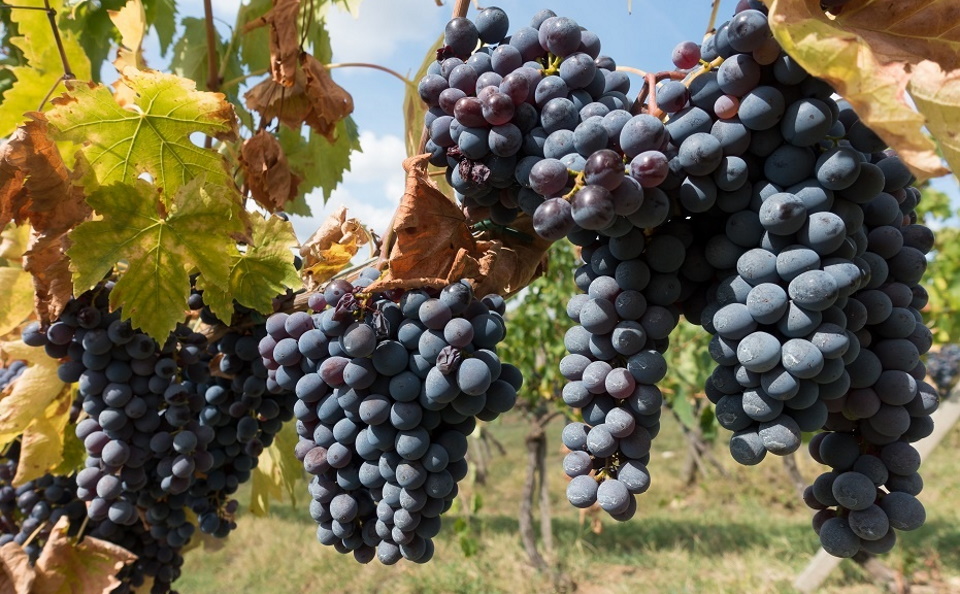
2. Fruit pressing.
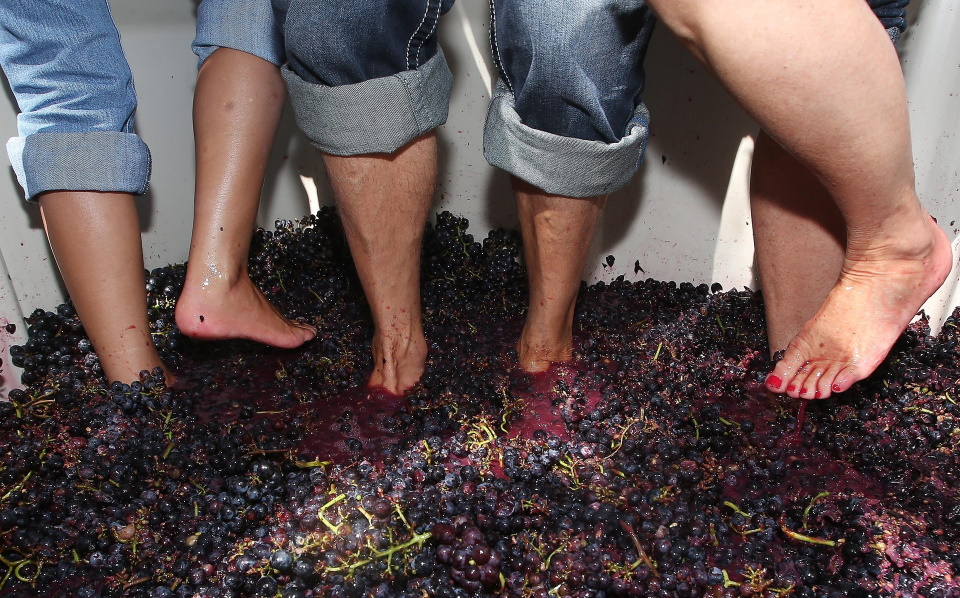
3. Fermentation.
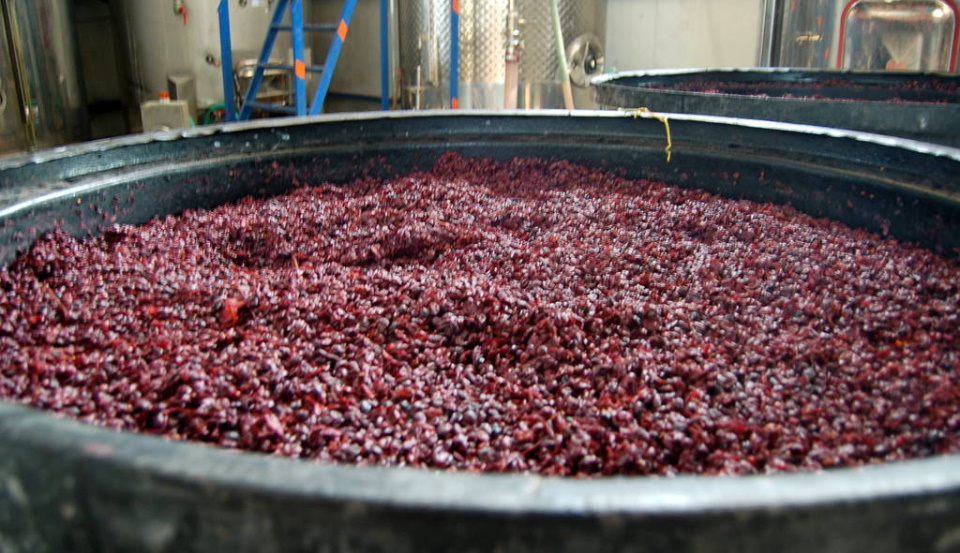
4. Filtering.
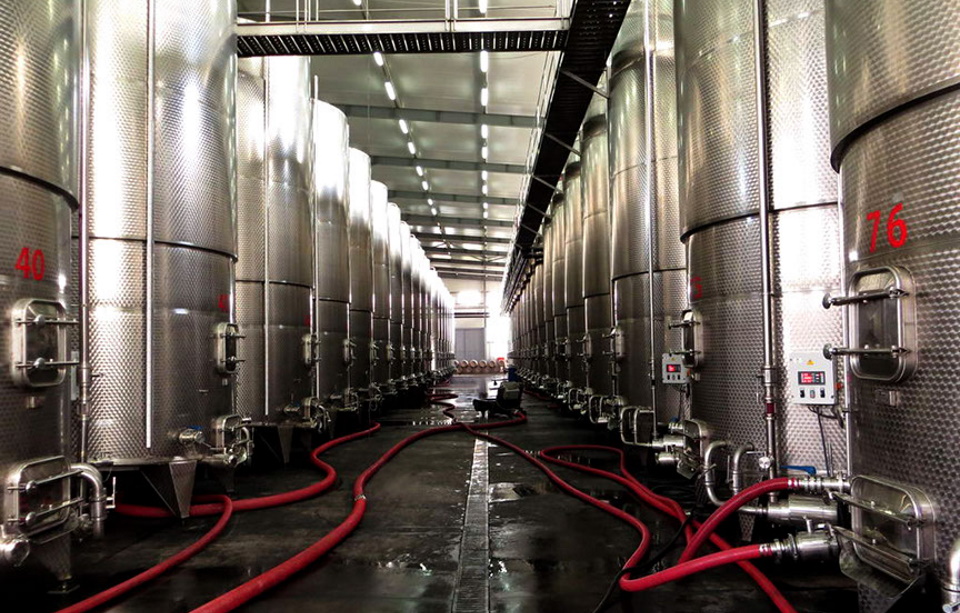
5. Exposure in tanks.
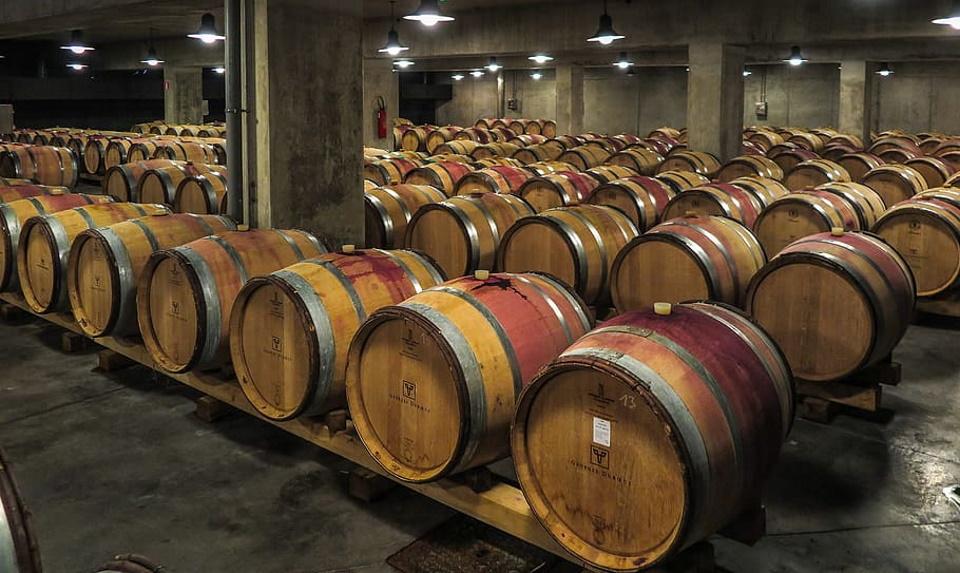
6. Dealcoholization procedure.
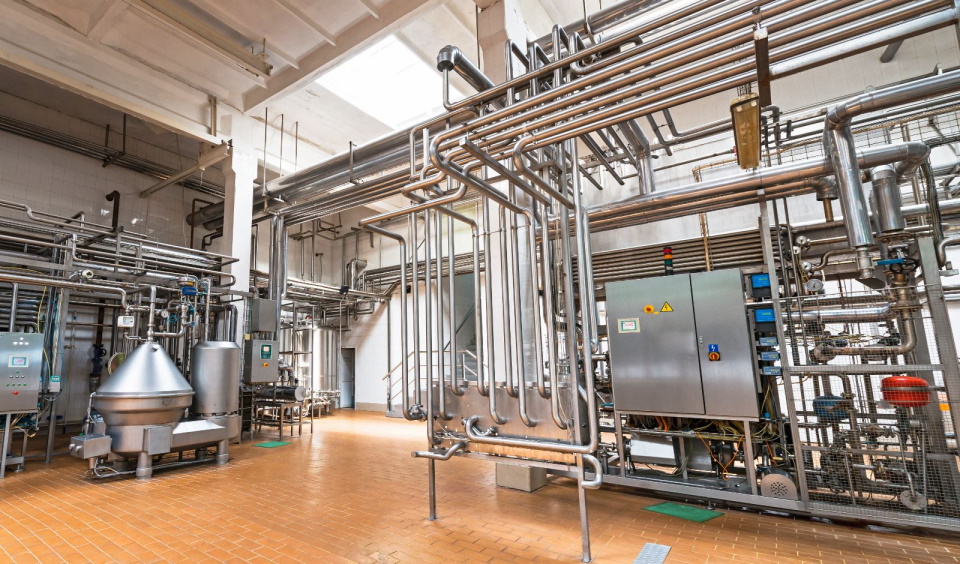
7. Bottling.
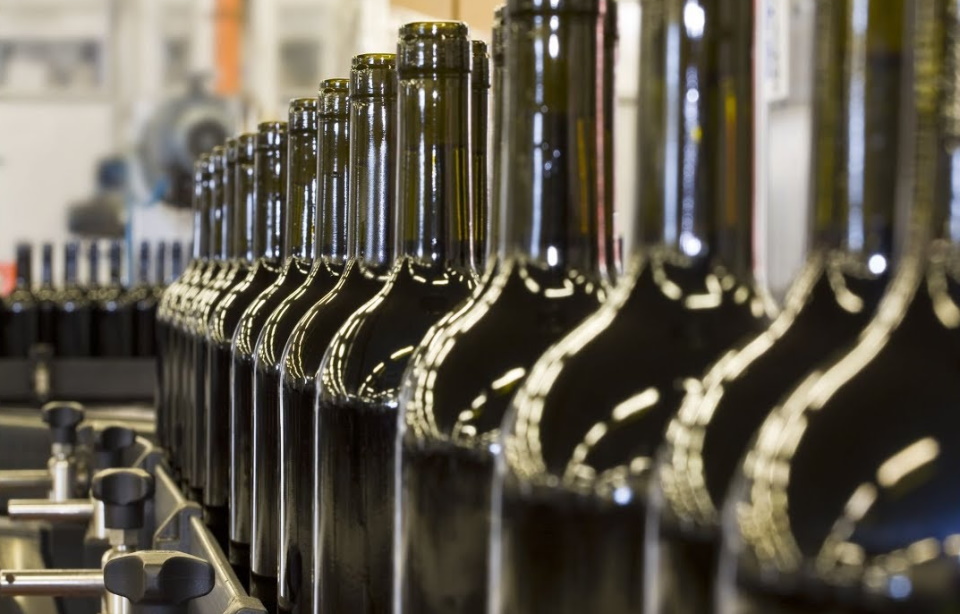
Alcohol is removed from wine in several ways:
1. Pasteurization.
Wine for evaporation of spirits is heated to a temperature of 80-82⁰С, and then cooled. As a result of such a barbaric technology, most of the characteristics are lost, while the drink acquires a brewed monotonous taste.
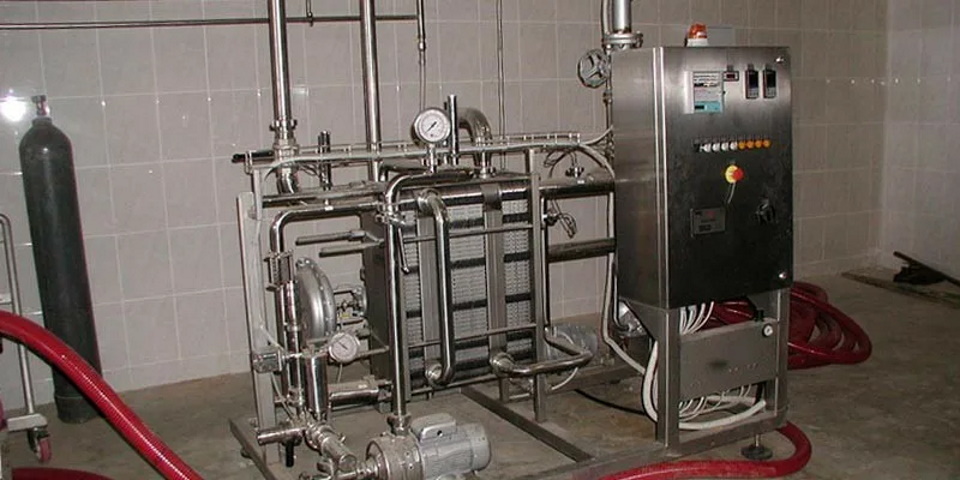
2. Reverse osmosis.
Long-term filtration of alcohol and water molecules using a special finely porous membrane, with a partial loss of the authentic aroma and properties of the wine. For maximum removal of ethanol, several cycles must be carried out, which affects the final price of the product.
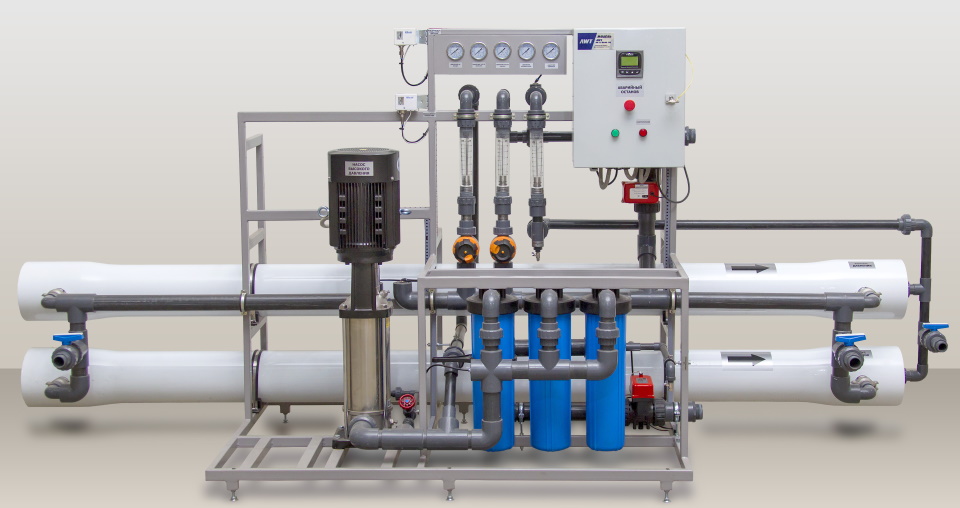
3. Vacuum distillation.
Carl Jung's gentle method of heating wine to 27⁰C. The use of a special vacuum vessel or column with rotating cones at low pressure allows you to maintain the original characteristics. First, aromatic volatile substances are removed, which are collected in a separate container for subsequent use. The alcohol is then removed. Reconstruction of the original aroma occurs after the combination of the remaining liquid with the first fraction.
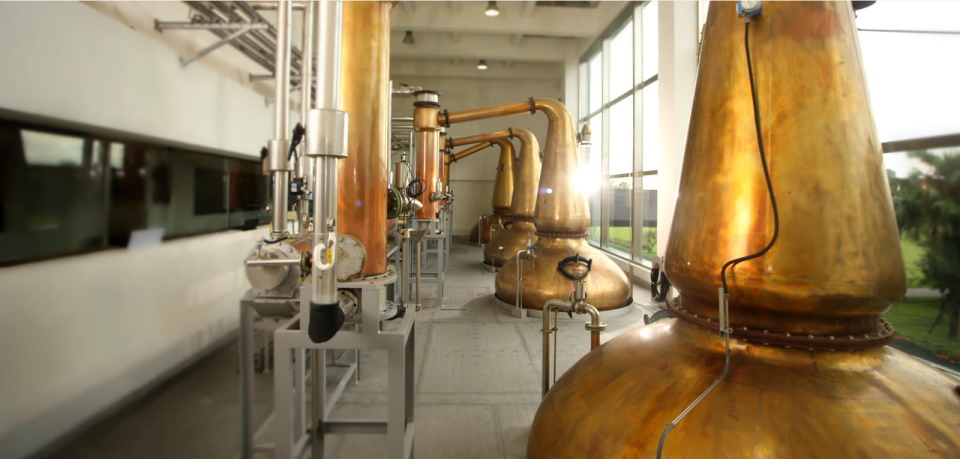
The presence of an additional production stage increases the final cost of the product, so dealcoholized wines are more expensive than their alcoholic counterparts.
However, no perfect technologies allow preserving the original taste after the removal of ethanol. Therefore, it is recommended to treat it as an alternative to ordinary wine if it is impossible to drink it for various reasons.
Composition and features
Any non-alcoholic wine, along with chemical additives - preservatives or other dyes, contains many trace elements with beneficial effects.The most common are:
- vitamins B, P;
- iron;
- potassium;
- calcium;
- copper;
- magnesium;
- malic acid (with an apple base).
There is also the presence of amino acids, polyphenols, flavonoids, enzymes that improve the functioning of the digestive tract.

Beneficial features
Moderate consumption does not harm human health. In addition, there are a number of positive properties:
- the presence of useful antioxidants, minerals and trace elements that slow down the aging of the skin, improve the cellular state, prevent the development of atherosclerosis, tumors;
- improvement of the digestive system due to the presence of tartaric or malic acid;
- normalization of the state of the gastrointestinal tract;
- the possibility of lowering blood pressure;
- without addiction and dependence;
- reduced calorie content compared to conventional wines;
- minimum sugar content;
- beneficial effect on the functioning of the liver, kidneys, and the nervous system;
- removal of body fatigue;
- increased appetite;
- strengthening the immune system.
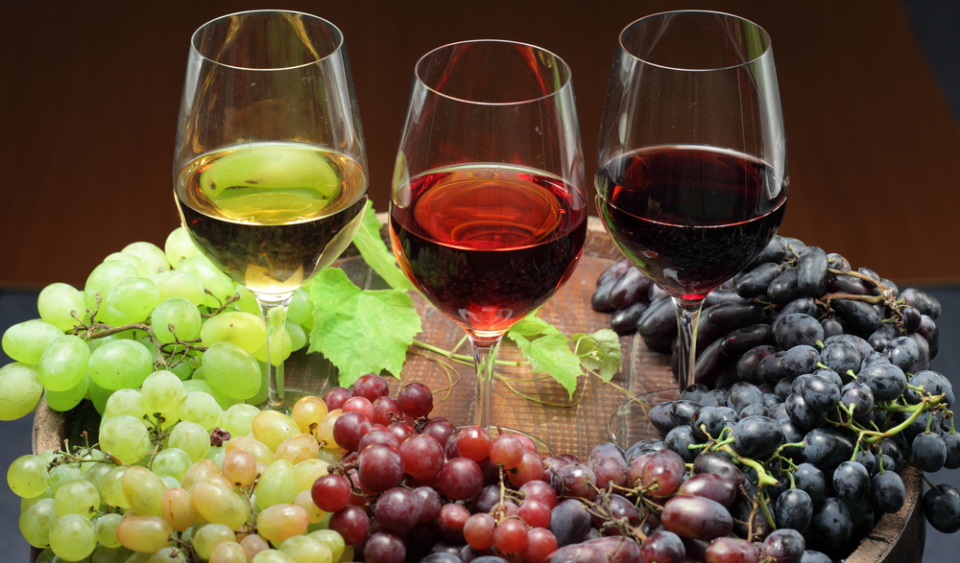
However, along with the advantages, you can encounter the negative aspects of excessive consumption, especially during pregnancy. Despite the absence of absolute contraindications, it should be borne in mind that such a drink can:
- cause an allergic reaction;
- contain ingredients that can have a negative effect on the development of the fetus;
- increase the risk of severe food poisoning due to the short shelf life.
What is non-alcoholic wine
For all brands, the division into main groups is suitable, which correspond to the three standard types of alcoholic beverages.
1. Red wine.
There are many brands in which the color scheme varies from rich burgundy to light red. In production, grapes of dark varieties are used, in which the desired pigment is contained in the skin of the fruit. To achieve the desired shade, manufacturers often use coloring additives. Over time, the structure of the wine changes, it acquires sediment and brightens. However, the quality is not affected.
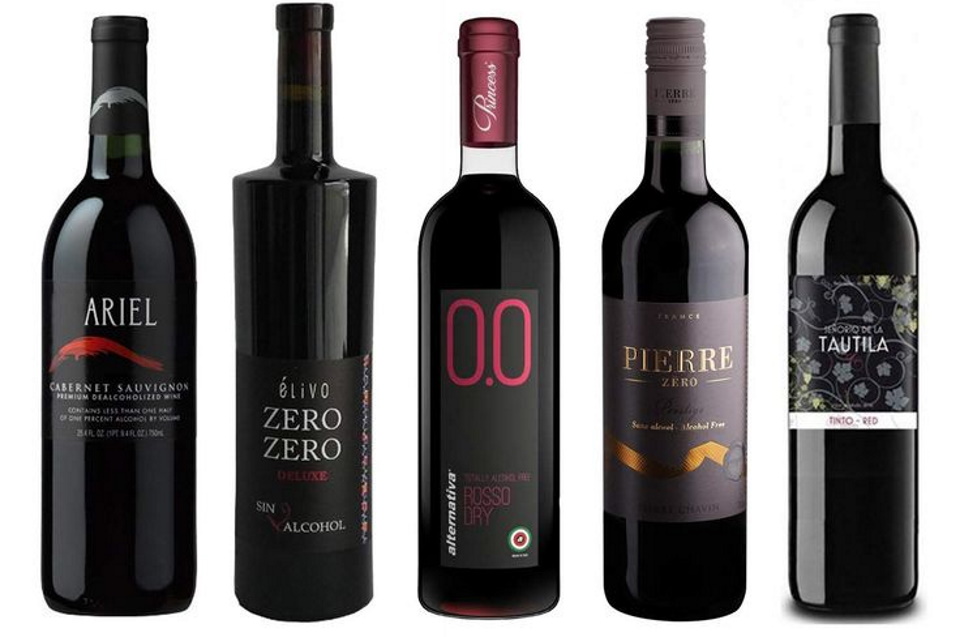
Merlot is among the most common. Peter Mertes, Cabernet Sauvignon,
2. White wine.
It is characterized by low density, light spicy taste, color range from pale straw to rich orange. In the manufacture, light grape varieties and fruits with pulp that do not contain coloring components are mainly used. Special additives may be added to the composition.
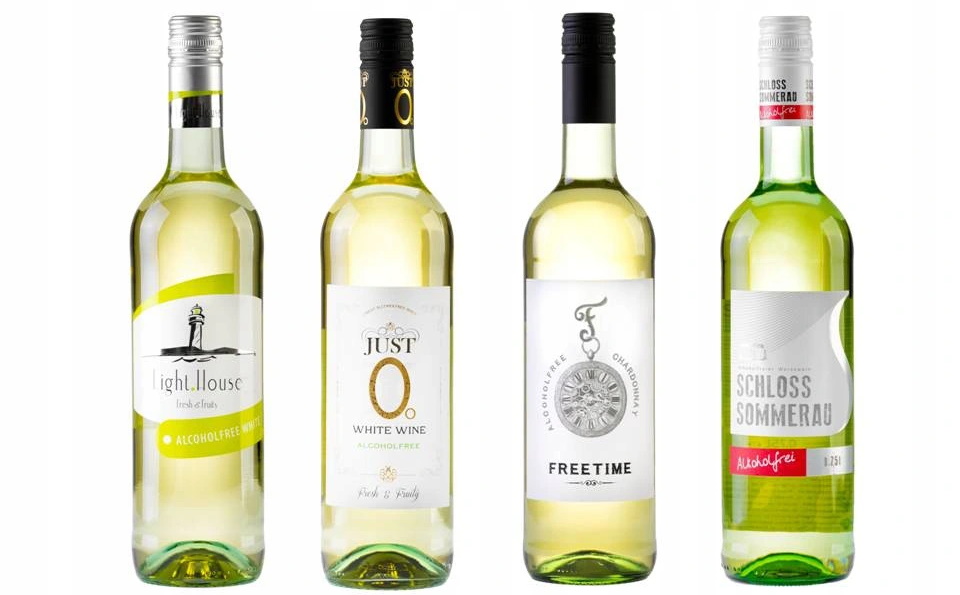
Popular white wines are Chardonnay and Riesling.
3. Champagne.
It turns out as a result of an extraction of fresh berries, roots, flowers. It is a berry nectar without synthetic or chemical additives. A recognized brand is a drink made from Absolute Nature grapes.
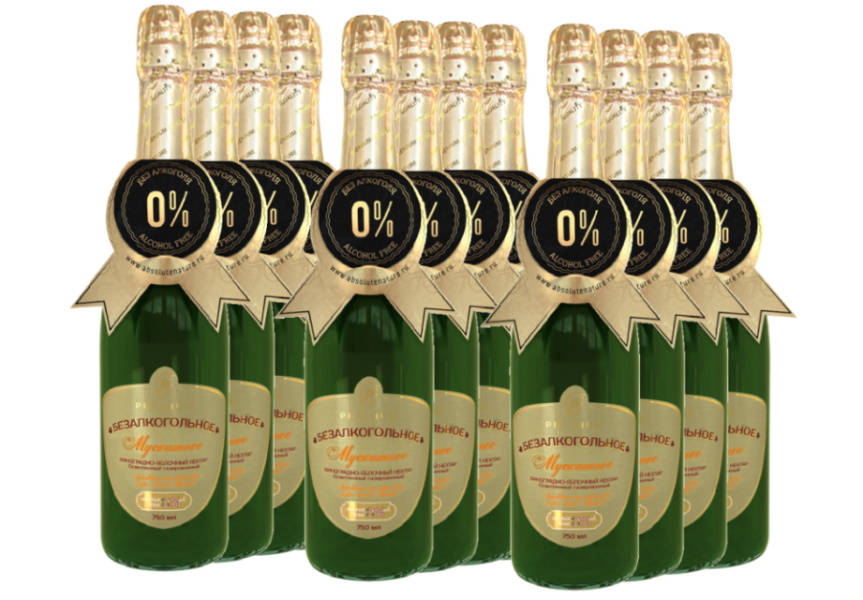
Selection criteria and submission rules
It is necessary to follow the advice of the sommelier in order not to make mistakes when choosing. They recommend paying attention to the sugar content. Mostly sweet wines are offered for sale, where the share is up to 70 g / l with a daily rate of up to 30 g / l. Therefore, it is better to look at dry (semi-dry) brands.
When choosing a drink to the table, you should follow the recommendations of experts:
- Red wine perfectly emphasizes the taste of meat dishes and most cheeses. It is appropriate in combination with fruits, spaghetti, pizza. In addition, it can be served with sea trout or salmon, as well as with sushi.It is better to maintain the serving temperature up to 18 degrees.
- It is better to pre-cool white wine to better emphasize white meat (young veal, poultry breast) and fish dishes. It goes well with first courses for an additional whetting of appetite before dinner.
- Rose and semi-dry wine is served warm. They are in harmony with hot appetizers, seafood, desserts.
Where could I buy
Popular brands are recommended to be purchased only in specialized retail establishments. Consultants will always help you make the best choice depending on the situation and preferences of the buyer. They will tell you what they are, how to choose, which company is better to buy, how much it costs. Otherwise, there is a high probability of becoming the owner of the usual filtered, squeezed must, which resembles grape juice. Such a fake has nothing to do with wine.
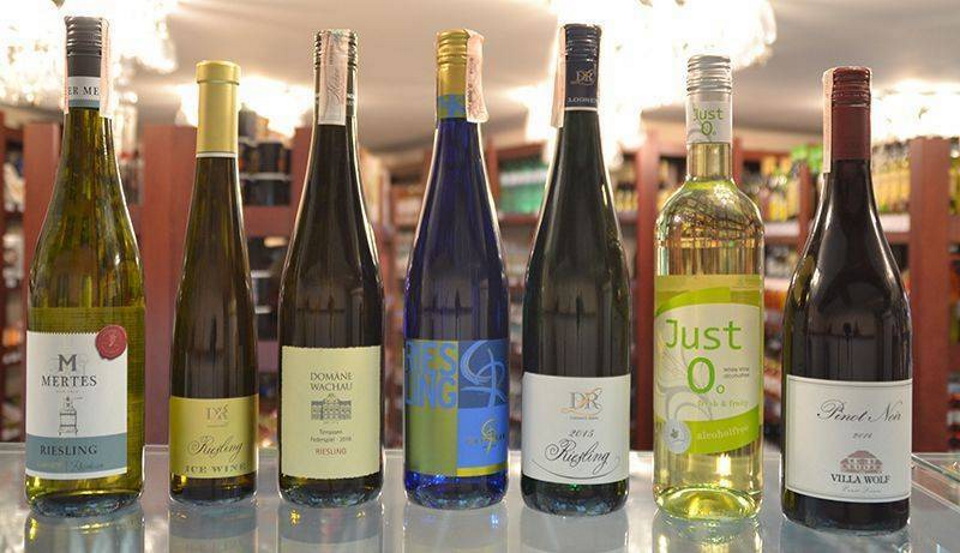
If there is no choice at the place of residence, a good brand of wine can be found in the online store of the manufacturer or dealer. There are detailed descriptions, specifications, photos, reviews of the products offered, which can be ordered online via direct links.
Offers for non-alcoholic products in Moscow:
- red priced from 440 rubles (Schloss Sommerau, 0.75 l) to 2,184 rubles (Arpachin Wines, 0.75 l);
- pink - from 450 rubles (Peter Mertes Just 0 Rose, 0.75 l) to 1,200 rubles (Cardio Zero, 0.75 l);
- white - from 440 rubles (Schloss Sommerau, 0.75 l) to 1,820 rubles (Arpachin Wines, 0.75 l);
- champagne - from 300 rubles ("Non-alcoholic Semi-sweet" (Live juices), 0.75 l) to 5,540 rubles (Rimuss Apero Champion, 0.75 l).
The best non-alcoholic wines
The rating of quality brands was compiled according to the opinions of users who left reviews on the pages of online stores selling such products. Popularity is due to characteristics, organoleptic properties, as well as price.
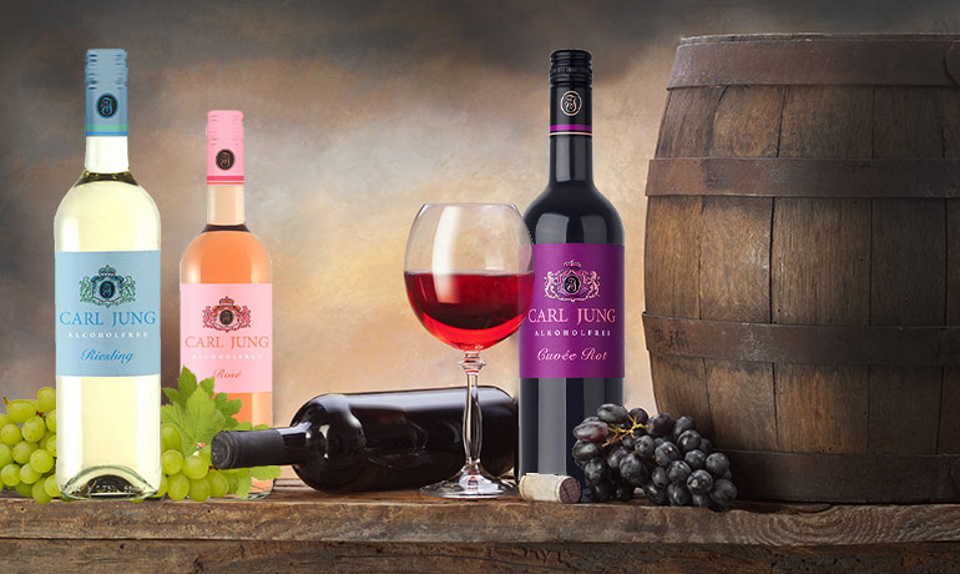
The review presents ratings among popular brands of white, rosé and red non-alcoholic wine for 2022.
TOP 5 best brands of white non-alcoholic wine
Anna Spinato Gocce Di Luna White
votes 12

Brand - Gocce Di Luna (Italy).
Original crystal clear greenish-yellow drink for serving with candied citrus fruits and foie gras. A simple bottle depicts a crescent moon, reflecting the brand name - "Moon Drops" (Gocce Di Luna). For the manufacture of used white grapes grown in the north-eastern region of Italy Veneto.

The price is from 920 rubles.
- transparent;
- rich perlage;
- freshness of taste with a slight sourness of shades of green apple, white grapes, plums;
- aroma with hints of white flowers, apple.
- for an amateur.
Elivo Zero Zero Deluxe Blanco
votes 1

Brand - Elivo (Spain).
A dry drink to accompany fine fish, seafood, rice or white meat dishes. Pairs well with blue and white cheeses, sweet citrus or fruit salads. Spanish traditional dry wine made from Airen (40%) and Albariño (60%) grape varieties is used for preparation. Removal of ethyl alcohol is carried out in a closed cycle at elevated pressure and low temperature up to 30⁰С. Additional chemical components are not used. To give the taste additional roundness and structure, aging takes place in oak barrels for four to six months.The calorie content is six to seven times less than in traditional alcoholic wine.

The average price is 910 rubles.
- delicate light yellow color;
- well-structured, balanced taste, combining subtle sweetness and light citrus acidity;
- aftertaste with a fruity plume;
- a clean aroma containing hints of pineapple, melon, mango, apple, combining smoky mineral notes with a touch of valerian;
- in a short aeration, a bouquet of ripe fruits is revealed.
- some users note sweetness;
- high price.
enjOy it Chardonnay
votes 0
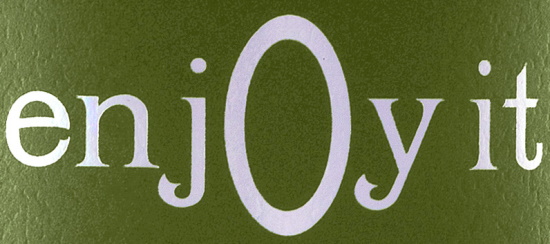
Brand - enjOy It (Germany).
A versatile straw-golden drink to serve with fish, seafood, cold appetizers and salads, as well as poultry dishes. Produced at the family winery of the descendants of the famous German winemaker Peter Mertes from Chardonnay grapes with the removal of wine alcohol by vacuum drawing at low pressure.

The price is from 546 rubles.
- good alternative to alcoholic wine;
- lively fresh taste with floral and fruity accents;
- delicate aftertaste with pleasant sweetness;
- harmonious acidity;
- fruity aroma with predominant notes of peach, yellow apples.
- some users note a slightly carbonated sourness.
Lussory Premium White Macabeo Airen
votes 0

Brand - Lussory (Spain).
Non-alcoholic drink of straw-golden color for serving with summer salads or light snacks, sea fish or poultry dishes. The grape varieties used in production are Airen and Macabeo, which grow in the Spanish region of La Mancha.The extraction of alcohol is carried out by a special method of filtering the must, in which the organoleptic properties of the wine are not lost. The composition contains sugar and sulfur dioxide, does not contain GMOs.

The price is from 887 rubles.
- saturation of the bouquet with light floral nuances;
- dry aftertaste with refined sourness, floral and fruity accents;
- refreshing aroma with hints of minerals, white stone fruits;
- Halal certification.
- not detected.
Bon Voyage Sauvignon Blanc
votes 0

Brand - Bon Voyage (Germany).
An attractive light golden color with greenish reflections. Perfectly balanced freshness with hints of grapefruit, lemon, gooseberry and herbs. Mineral aftertaste and smooth texture. The aroma harmoniously combines shades of tropical fruits and citrus fruits, decorated with herbal, floral, mineral additives. Perfect with fish dishes, salads, light snacks and as an aperitif.

The price is from 560 rubles.
- interesting fruity taste;
- pleasant aroma;
- no intoxication;
- good composition;
- sugarless;
- Excellent value for money and quality.
- some acidity.
comparison table
| Anna Spinato Gocce Di Luna White | Elivo Zero Zero Deluxe Blanco | enjOy it Chardonnay | Lussory Premium White Macabeo Airen | Bon Voyage Sauvignon Blanc | |
|---|---|---|---|---|---|
| Sugar content | sweet | dry | dry | dry | dry |
| Grape sort | white varieties | Airen, Albarino | Chardonnay | Airen, Macabeo | Sauvignon blanc |
| Fortress, % vol. | 0 | 0 | 0 | 0 | 0.5 |
| Energy value, kcal/100 ml | 40 | 5 | 22 | 18 | 24 |
| carbohydrates, g/100 ml | 8.2 | 0.9 | 5.1 | 3.8 | 5.4 |
| Expiry date, days | 720 | 1095 | 730 | 1080 | 730 |
TOP 5 best brands of non-alcoholic rosé wine
Vina Albali Garnacha Rose
votes 2

Brand - Vina Albali (Spain).
Pink drink of the famous Spanish winemaking holding Felix Solis Avantis for serving with seafood, fish, sushi or oriental cuisine. It is made using Garnacha grapes grown in the Valdepeñas region and harvested at night to preserve the aromatic characteristics of the fruit. The production process is carefully controlled. Maximum expression is obtained as a result of a six-hour maceration. For 17 days, fermentation is carried out in stainless steel tanks at temperatures up to 16⁰С, after which alcohol is removed without loss of the organoleptic properties of the product.

The price is from 690 rubles.
- berry-fruit shades of mild taste;
- balanced aftertaste with refined sourness;
- refreshing aroma;
- shades of raspberry, mandarin, citrus, peach.
- not detected.
Peter Mertes Just 0 Rose
votes 0
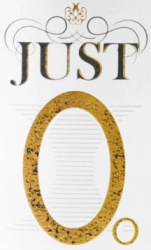
Brand - Just 0 (Germany).
Salmon-pink soft drink made from red and white grapes grown in Germany to serve with desserts, cheeses, fruit salads, cakes or ice cream. Alcohol is removed by vacuum distillation while maintaining the original characteristics. Vinification is carried out in stainless steel tanks with mandatory laboratory testing after filtration and stabilization.

The price is from 450 rubles.
- balanced delicate sweetness with tones of strawberries, rose petals;
- long pleasant aftertaste;
- aroma with refreshing hints of black currant, strawberry;
- acceptable cost.
- for an amateur.
Carl Jung Rose
votes 1
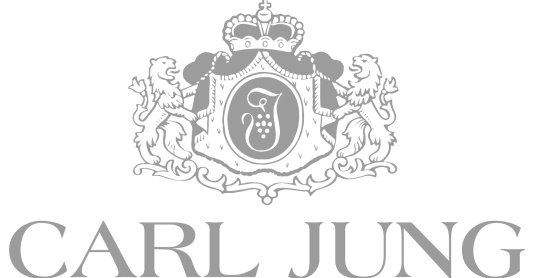
Brand - Carl Jung (Germany).
Semi-dry soft pink drink for serving with salads and snacks, pates and cheeses from the descendants of the founder of the production of non-alcoholic wines. Pairs well with fish, white meat or veal dishes. For production, a specially selected blend of grapes with a predominance of the Grenache variety is used. The removal of the alcohol component takes place at a low temperature up to 30⁰С using vacuum technologies to preserve useful microelements intact.

The price is from 620 rubles.
- freshness with subtle tones of fruit, not different from alcoholic counterparts;
- pleasant aftertaste;
- aroma of blackberry with nutty hints;
- low calorie.
- for an amateur.
Sangre de Toro Rose
votes 2
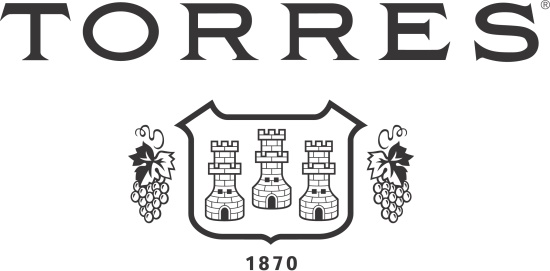
Brand - Torres (Spain).
An exquisite drink with a coral pink color to drink with classic Spanish tapas (sandwich, appetizer), pasta, meats and vegetables. For the manufacture of grape varieties Cabernet Sauvignon and Syrah, grown in Spanish Catalonia. The removal of alcohol is carried out using a rotating cone column, where the separation of volatile components from the liquid takes place. In the open state, the shelf life is no more than three days.

The price is from 599 rubles.
- mild sweetness;
- subtle shades of red berries and fruits;
- fresh acidity;
- pleasant aroma;
- fruity aftertaste with sensations of red currant, cherry, raspberry, strawberry.
- not detected.
Cardio Zero Rose
votes 2

Brand - Elivo (Spain).
Non-alcoholic pink drink with ruby reflections, made on the basis of traditional Spanish wines. It goes well with seafood, vegetable salads and white meat dishes.Can act as an aperitif. A rounded freshness is clearly expressed, containing expressive varietal shades of Merlot grapes grown in a region with a moisture deficit.
The extraction of alcohol is carried out at a low temperature under high pressure. The resulting alcohol vapors are removed naturally.

The price is from 820 rubles.
- freshness with floral and fruity notes;
- dry balanced aftertaste with pleasant sourness;
- elegant aroma with a sense of spring flowers, strawberries, cherries.
- for an amateur.
comparison table
| Vina Albali Garnacha Rose | Peter Mertes Just 0 Rose | Carl Jung "Rose" | Sangre de Toro Rose | Cardio Zero Rose | |
|---|---|---|---|---|---|
| Sugar content | semi-dry | sweet | semi-dry | semi-sweet | dry |
| Grape sort | Grenache, Garnacha | white and red varieties | Grenache, Garnacha | Cabernet Sauvignon, Syrah | Merlot |
| Fortress, % vol. | 0.5 | 0 | 0.4 | 0 | 0 |
| Energy value, kcal/100 ml | 16 | 25 | 19 | 19 | 11 |
| carbohydrates, g/100 ml | 3.1 | 5.4 | 5.5 | 3.5 | 2.4 |
| Expiry date, days | 540 | 730 | 720 | 720 | 1095 |
TOP 4 best brands of red non-alcoholic wine
Bon Voyage Cabernet Sauvignon
votes 4

Brand - Bon Voyage (Germany).
Soft drink almost black in color with shades from purple to purple for use with spaghetti, risotto, cheeses and meat dishes. Combines the expressiveness and juiciness of mature grapes of the classic Cabernet Sauvignon variety grown in Germany.

The price is from 490 rubles.
- balanced juiciness;
- the presence of soft tannins;
- fruity-spicy notes;
- long aftertaste;
- expressive aroma;
- shades of blackberry, prunes, blackcurrant, cherry;
- low calorie;
- affordable price.
- for an amateur.
Cardio Zero Tinto
votes 0

Brand - Elivo (Spain).
Non-alcoholic drink of garnet red color with purple hues for use with game, meat dishes or cheese slices. Made from specially grown grape varieties Garnacha Tintorera, Mencia and Tempranillo according to the traditional recipe for quality Spanish wines. The increased content of natural aromatic substances in fruits has a healing effect on the human body. It is recommended as a prophylactic for the cardiovascular system. Alcohol removal is carried out in a closed vacuum system at elevated pressure and a temperature of 30⁰С while preserving natural flavors and beneficial trace elements.

The price is from 900 rubles.
- rounded freshness;
- the presence of expressive structured tannins;
- pleasant aroma with spices, minerals, ripe fruits;
- the presence of a plum note in the plume;
- does not contain sugar and GMOs.
- overcharge.
Lussory Premium Red Tempranillo
votes 2

Brand - Lussory (Spain).
Ruby-red Spanish drink for use with game, stews, grilled meats or Spanish cuisine. Made from Tempranillo grapes grown in the La Mancha region. A special way of filtering the wort allows you to extract alcohol without losing organoleptic properties.

The price is from 880 rubles.
- pleasant harmonious taste;
- fruity accents;
- balanced aftertaste;
- elegant aroma with spicy and fruity undertones;
- low calorie;
- does not contain GMOs;
- halal certificate.
- not detected.
Enjoy It Merlot
votes 1

Brand - enjOy It (Germany).
A versatile drink with a rich ruby color, suitable for various snacks and light meals.Made from red Merlot grapes grown in the German region of Mosel-Saar-Ruwer. The removal of wine alcohol after classical vinification is carried out by drawing ethanol under low pressure in a vacuum.

The price is from 546 rubles.
- pleasant fruity lightness;
- silky texture;
- soft tannins;
- moderate acidity;
- aftertaste with subtle sweetness;
- harmonizing aroma;
- shades of ripe plums, cherries;
- subtle nuances of spices;
- good alternative to alcoholic analogues.
- for an amateur.
comparison table
| Bon Voyage Cabernet Sauvignon | Cardio Zero Tinto | Lussory Premium Red Tempranillo | Enjoy It Merlot | |
|---|---|---|---|---|
| Sugar content | dry | dry | dry | dry |
| Grape sort | Cabernet Sauvignon | Tempranillo, Mencia, Garnacha Tintorera | Tempranillo | Merlot |
| Fortress, % vol. | 0.5 | 0 | 0 | 0 |
| Energy value, kcal/100 ml | 32 | 11 | 17 | 22 |
| carbohydrates, g/100 ml | 5.5 | 2.4 | 4.6 | 5.1 |
| Expiry date, days | 730 | 1095 | 1080 | 730 |
Tips & Tricks
You can follow the classic combinations:
1. Intolerant dry reds are suitable for red and white meat with a slightly pronounced taste:
- veal;
- fillet beef;
- duck breast;
- roasted turkey or chicken.
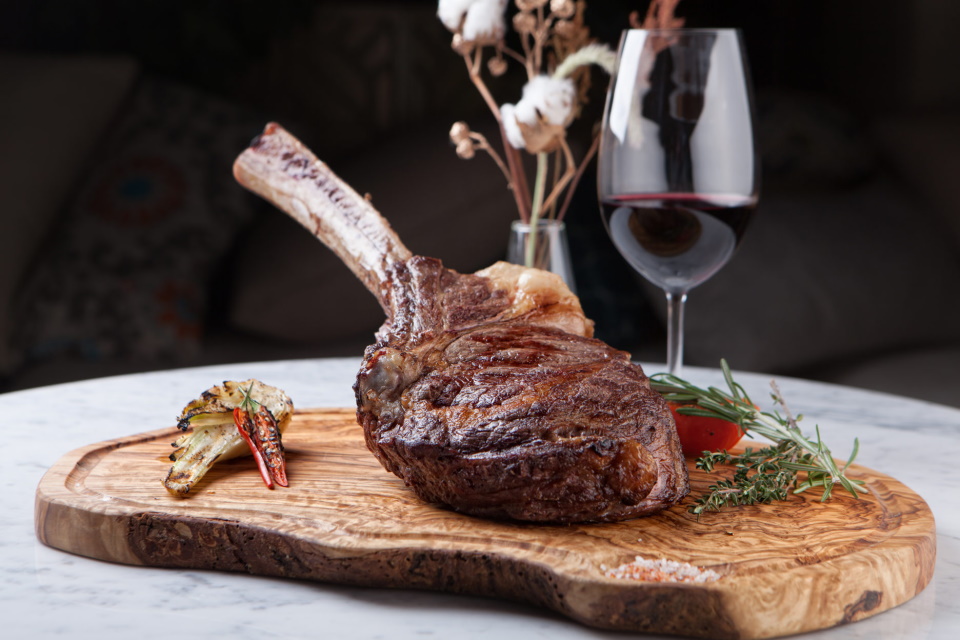
2. Sparkling and still dry whites:
- seafood salad - shrimp, squid, mussels;
- vegetable salad;
- light snacks with pate and ham;
- fresh cheeses - goat, mozzarella.
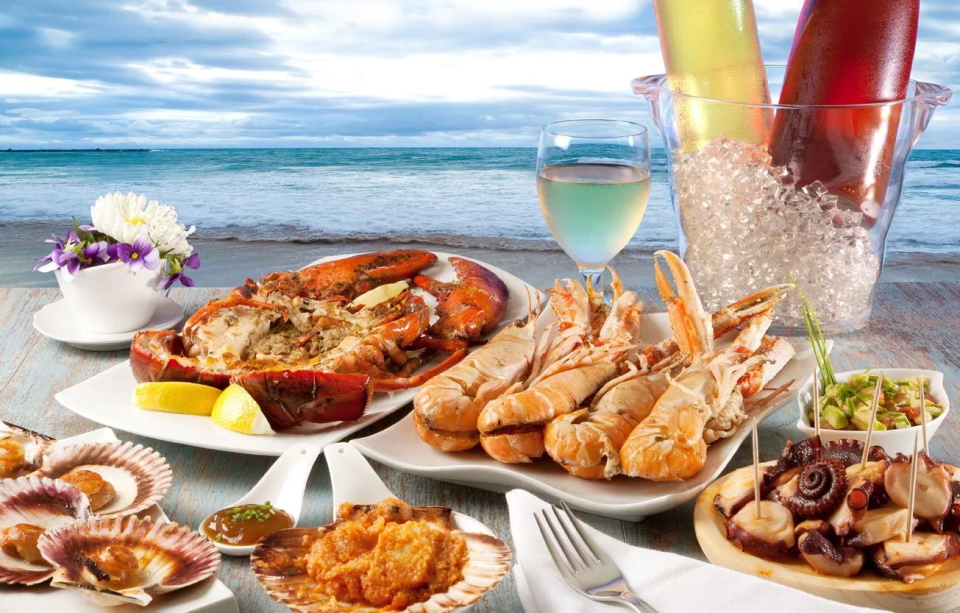
3. Sparkling and still semi-dry whites:
- tropical fruits - apricots, pineapples, peaches;
- unsweetened fruit desserts;
- fruit sorbet.
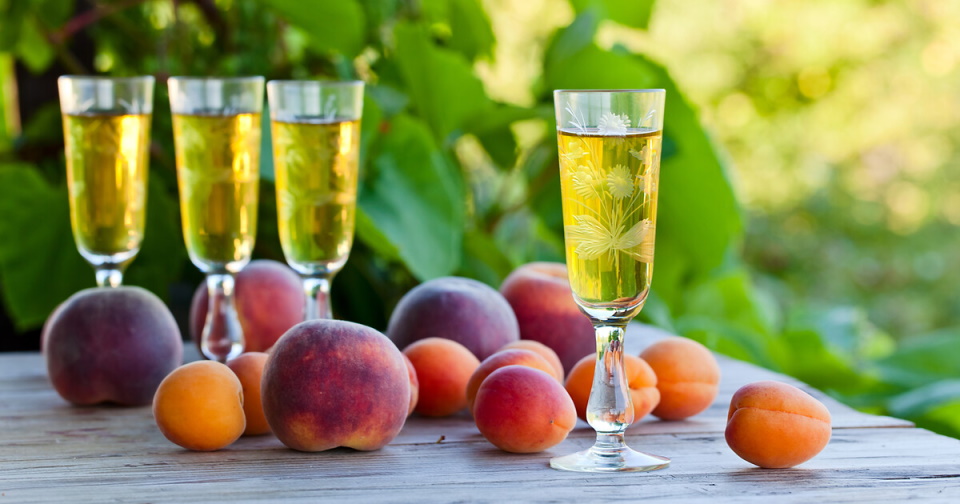
4. Sparkling and Still Sweet Whites:
- sweet desserts;
- blue cheeses;
- aged cheeses.

5. Sweet Reds:
- chocolate;
- chocolate desserts;
- meat with chocolate sauce.
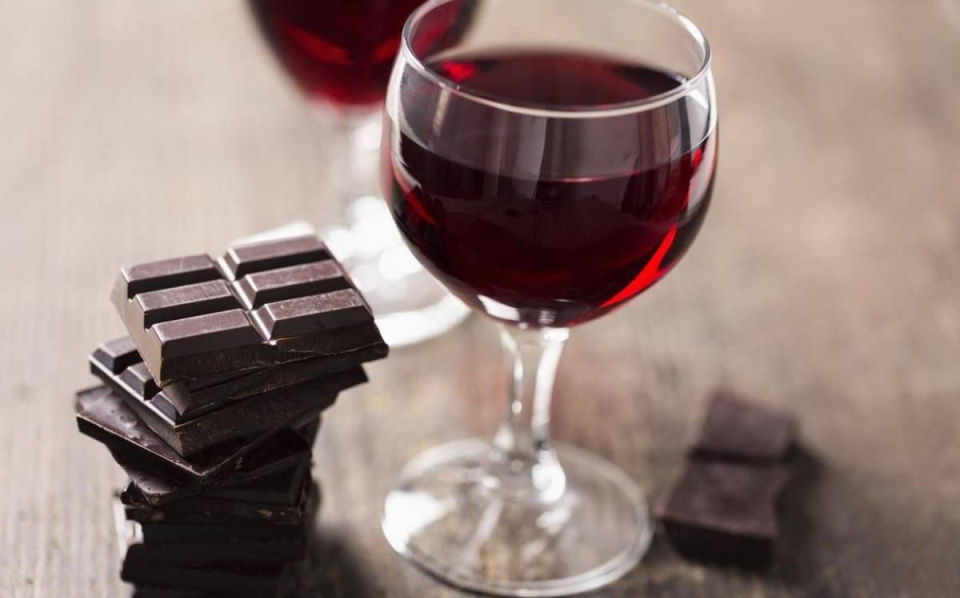
Enjoy the shopping. Take care of yourself and your loved ones!
new entries
Categories
Useful
Popular Articles
-

Top ranking of the best and cheapest scooters up to 50cc in 2022
Views: 131654 -

Rating of the best soundproofing materials for an apartment in 2022
Views: 127694 -

Rating of cheap analogues of expensive medicines for flu and colds for 2022
Views: 124522 -

The best men's sneakers in 2022
Views: 124039 -

The Best Complex Vitamins in 2022
Views: 121943 -

Top ranking of the best smartwatches 2022 - price-quality ratio
Views: 114982 -

The best paint for gray hair - top rating 2022
Views: 113398 -

Ranking of the best wood paints for interior work in 2022
Views: 110321 -

Rating of the best spinning reels in 2022
Views: 105332 -

Ranking of the best sex dolls for men for 2022
Views: 104370 -

Ranking of the best action cameras from China in 2022
Views: 102220 -

The most effective calcium preparations for adults and children in 2022
Views: 102014

